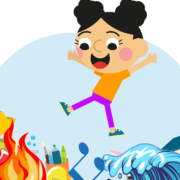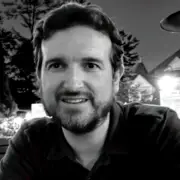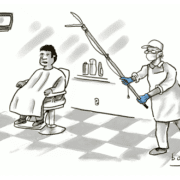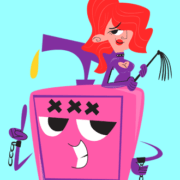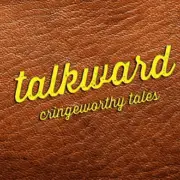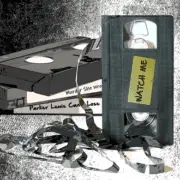We’ve Updated Our Preschool’s Curriculum to Help Your Toddler Survive the Coming Climate Apocalypse
Our six-step process is both pedagogically sound and sure to help your toddler adapt to a catastrophe that Congress has done literally nothing to prevent!
Enforce Concrete Boundaries: Two-year-olds have trouble understanding that resources are finite. For example, when I take half the food off Lily’s lunch plate to get her used to extreme food shortages caused by climate change, she yells that she is still hungry and then grabs food off Nora’s plate. I tell her that’s very good, she’ll have to learn to fight for her food since society was unable to meet even the most lackluster carbon reduction targets.
Connect with Nature: I try to strike a balance between giving your children hope and crushing their cute little souls with the reality of climate change, so in response to the cries of “I’m hungry!” and “I’ll even eat my vegetables,” I’ve started a small garden. Max loves digging his hands in the contaminated soil but he broke down in tears when he realized those seeds have zero chance of becoming edible food. I instruct Max that tears are not productive – he must learn geoengineering and develop new technologies to help the seeds grow in poisonous soil. I’d recommend holding him back another year, but as long as Congress keeps subsidizing fossil fuels, I don’t really see the point.
Introduce Scary Things in a Child-Friendly Way: Toddlers frighten easily. This was exemplified when Nora discovered the insect infestation I created in the library to illustrate one of the effects of climate change in a real hands-on way. After she stopped screaming, I instructed Nora that scared toddlers end up as dead toddlers. She quickly turned her attitude around and led the class in a game she called “stomp on spiders until they are all dead and Nora is alive.”
Explain Cause-and-Effect: All our students love things with wheels. Liam loves cars but refuses to play bus driver or even Uber. It’s clear he has no idea that America’s pitiful fuel efficiency standards means he’ll be dependent on an inhaler for the rest of his life. To help him make the connection, I’ve started pumping exhaust fumes into the classroom whenever he picks up a toy that runs on fossil fuels. Liam admits that the classroom’s worsening air quality is correlated to playing with toy cars but stops short of admitting causation. His enthusiasm for evading questions shows he has a future career in politics, lobbying, or PR – just kidding, there is no future where jobs are still a thing.
Play with Water: When I flooded the playground to simulate rising sea levels, I worried that the kids would be confused that I also restricted their clean drinking water to a quarter cup a day (you know, because of predicted freshwater shortages). But Hazel, perhaps the group’s strongest swimmer, grasped the concept immediately. She quickly swam to each table, stealing the other children’s tiny bottles of fresh water and then selling them at a substantial markup (25 cookies!). While I would have preferred that she collaborate with others on building a desalination tank, I gave her a gold star for her survival-instincts.
Make Exercise Exciting: To prepare your children for a longer and more severe fire season (what future generations will call “January through December”), I’ve created an obstacle course in the arts and craft room. I put your children’s favorite toys and family pictures at the start line – more than they can comfortably carry – and then gave the toddlers a 30 second warning before setting the whole thing on fire. Sam wavered the first few times on what to save. I told him that sentimentality has no place in whatever short future the planet has left. He dropped everything and ran off yelling “fuck you” to his toys – or maybe to Congress for not passing climate legislation. Honestly, it was hard to tell under the roar of the fires.
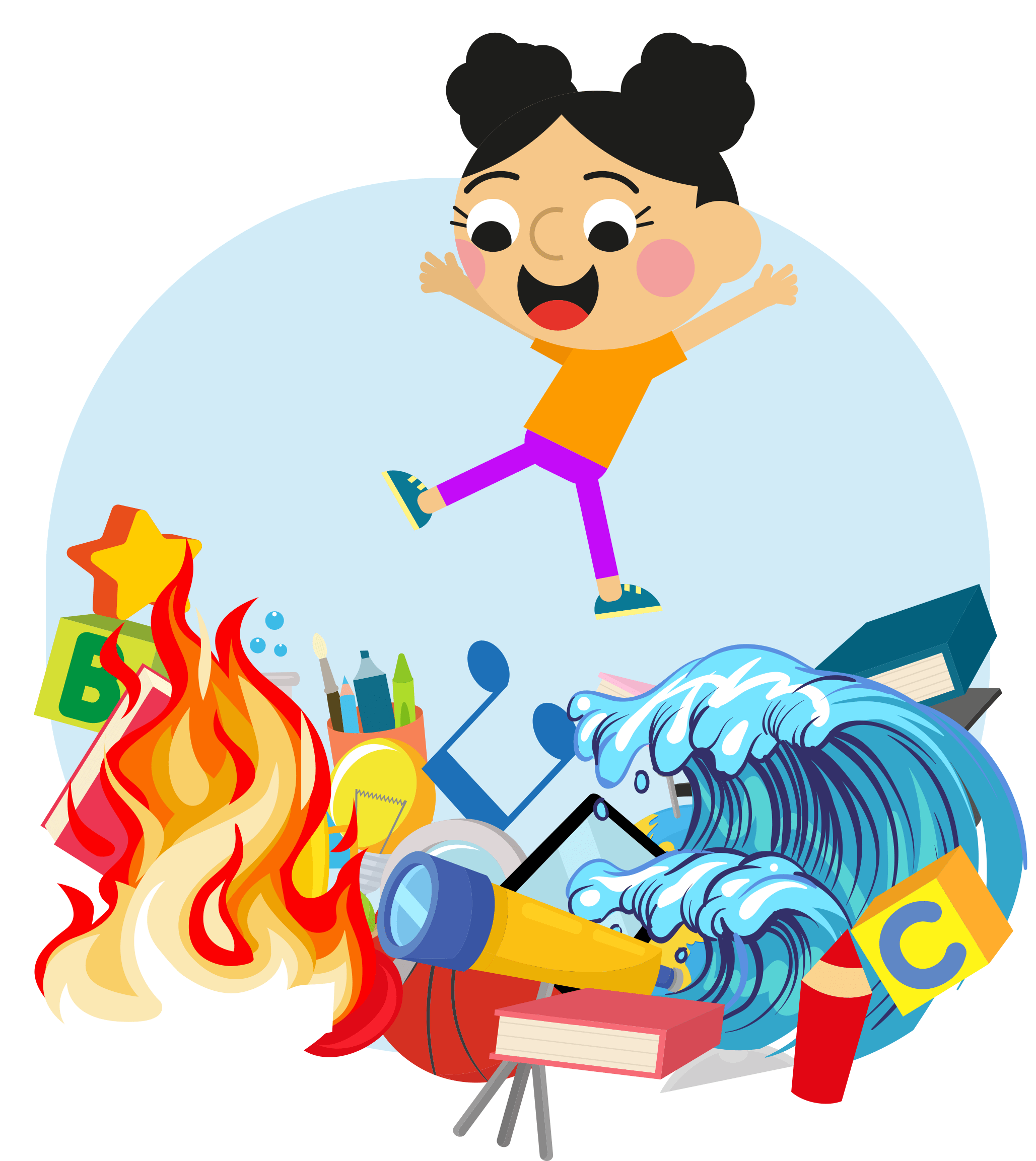
- About the Author
- Latest Posts
Kate Chrisman is an American writer in Berlin, Germany. Her work has appeared in McSweeney’s, The Belladonna, and Points in Case. She’s been called a “millennial snowflake.” You can find her online at www.katerchrisman.com

